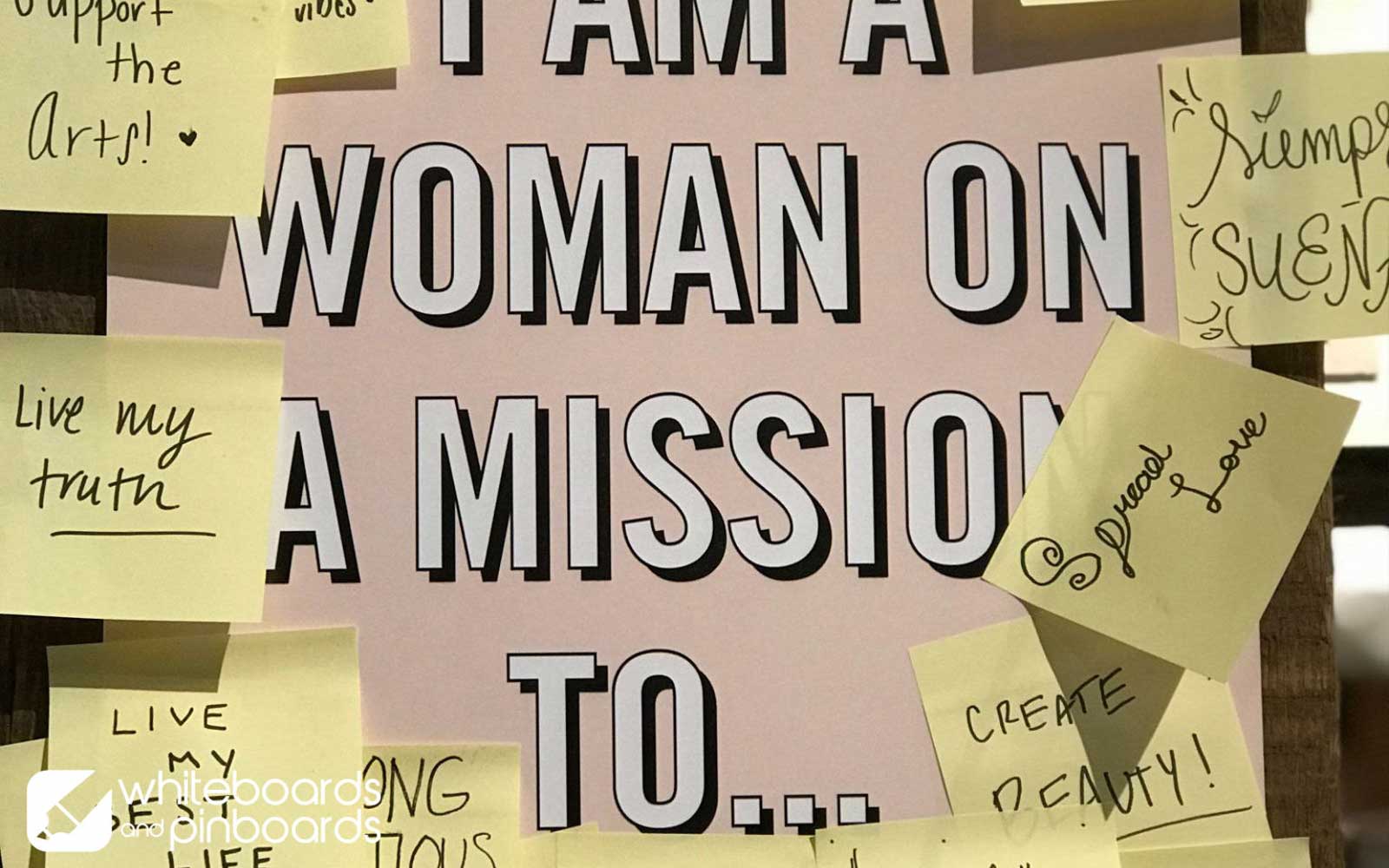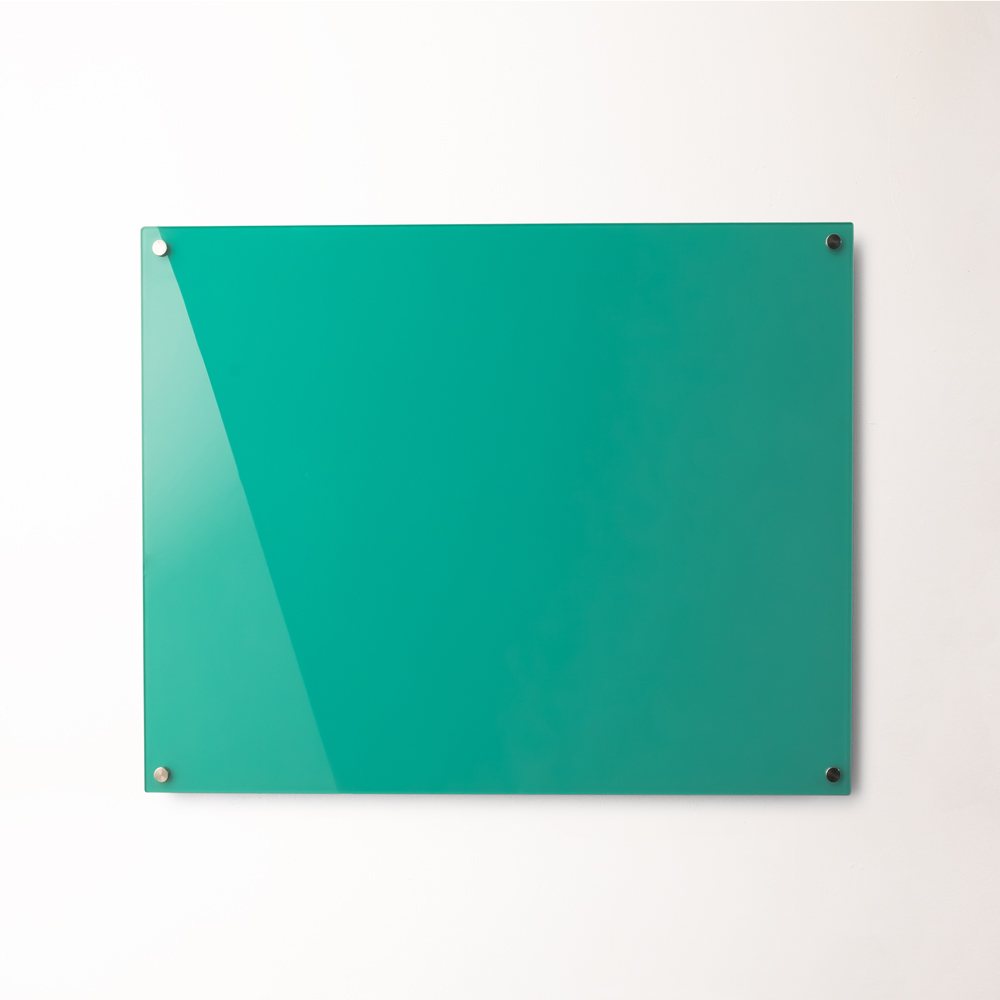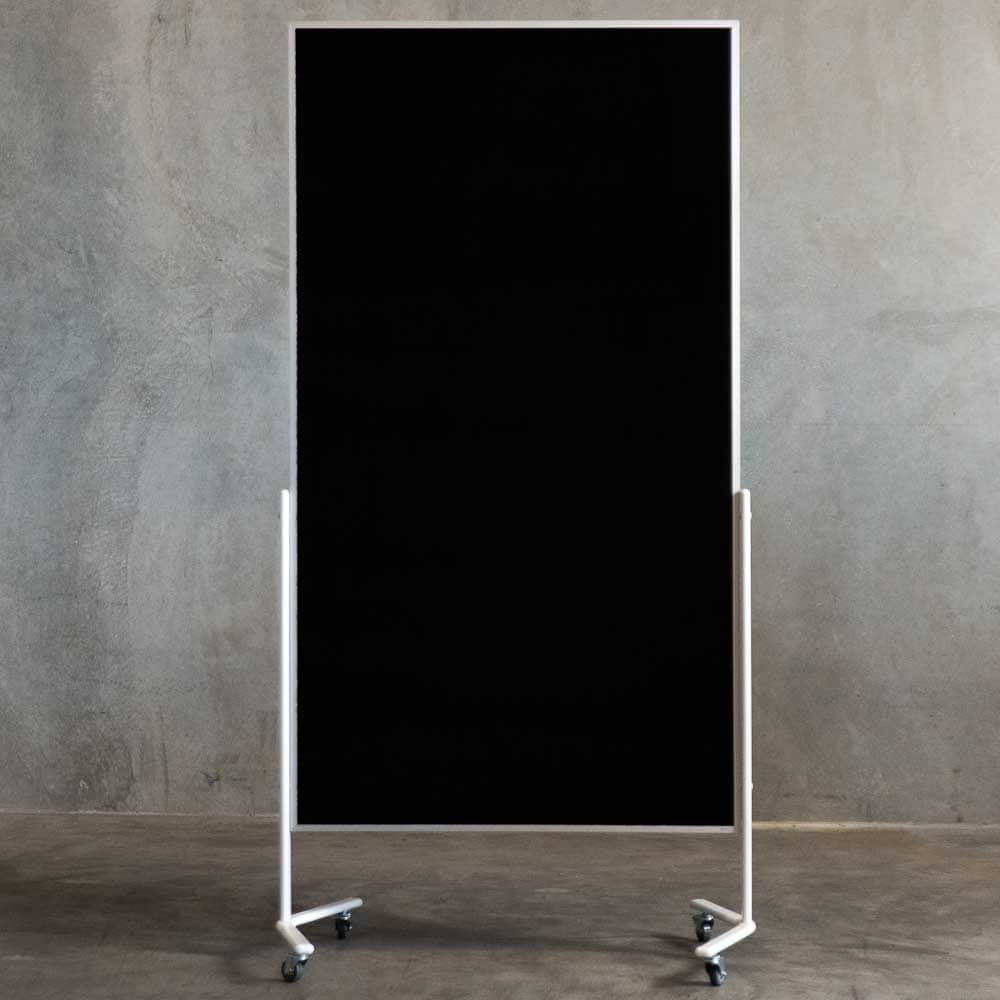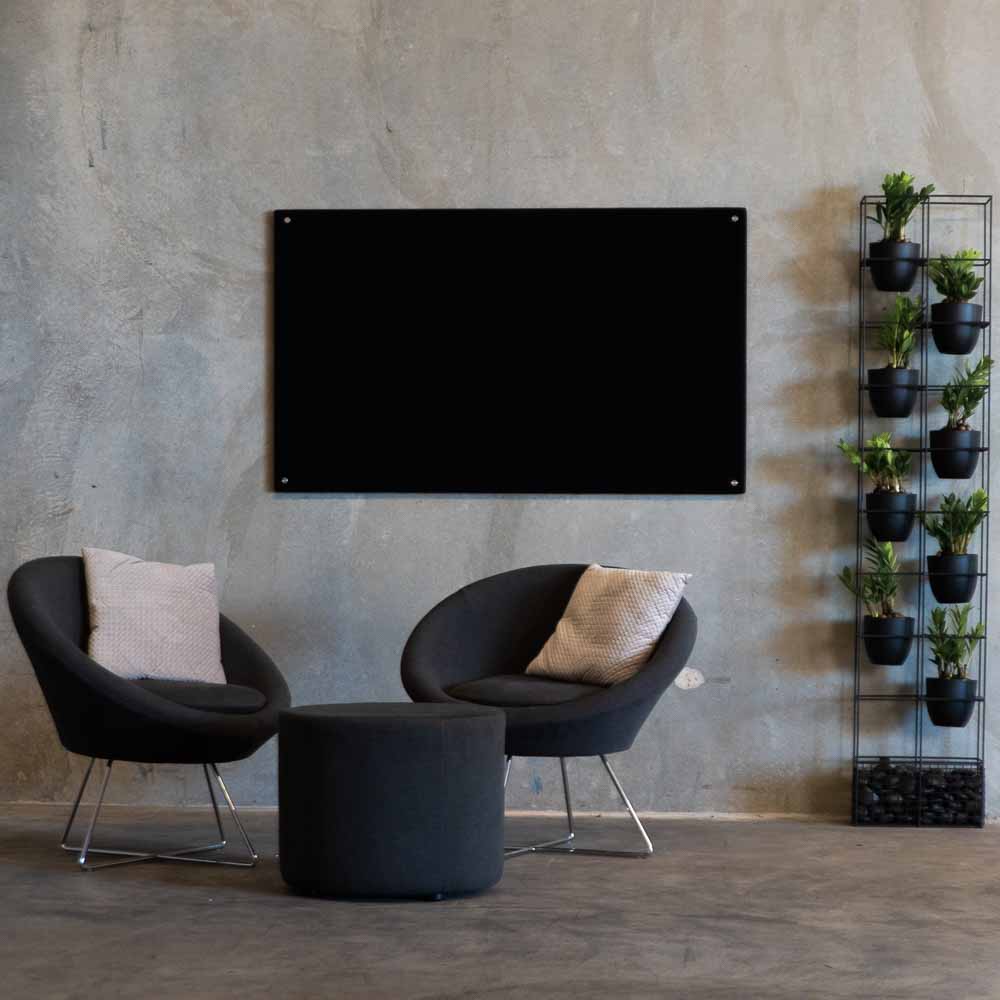There’s a growing body of evidence that shows how a positive workplace culture leads to higher levels of satisfaction and engagement among employees, and that this benefits employers through increases in productivity, innovation, and the bottom line. A poor workplace culture, on the other hand, can result in disengaged employees, high staff turnover and reduced performance.
As a concept, workplace culture can be hard to pin down, but generally refers to an organisation’s leadership and values, internal communications practices, employee interactions and shared understandings. The good news? Improving workplace culture doesn’t have to involve unlimited holiday leave, ping pong tables or a fully-stocked bar fridge.
We may be biased, but we believe a simple whiteboard or pinboard can help bolster your workplace culture. While not a magic bullet, they are a simple and affordable way to trial culture initiatives that can give your colleagues a stronger sense of community, contribution and belonging.
Organisational Identity & Leadership
Strong workplace culture starts with strong leadership. When employees know what’s expected of them and what their team is striving for, it gives their days more direction and purpose. A clear vision, mission statement and organisational values give a team a shared sense of purpose, identity and understanding. Communicating these ideas can be a great first step to improving workplace culture. These should be unique to your business, and it’s paramount that they’re sincere, realistic and that management walks the walk.
Use a whiteboard or pinboard in a prominent location to communicate to staff what the organisation is about and where it’s headed.
Employee Voice
Improving communication between lower and upper levels of staff can be an effective way to foster a collaborative culture. Whiteboards and pinboards can facilitate this by providing spaces for feedback and idea generation around products, services and initiatives. It also provides a space for sharing, allowing colleagues to get to know each other more while breaking up the day.
Staff can pose their own questions, challenges and games. Sharing activity examples could include pop culture, music, sport and food questions, hypotheticals and suggestions. Create a ‘vent’ zone or a ‘grateful’ box for people to share what’s going on for them or to encourage mindfulness. Have a noticeboard section for staff to list and invite each other to events.
Acknowledgement and Appreciation
Celebrating wins, achievements and milestones in a prominent way rewards employees and reinforces the link between the company’s values and daily work. Consider what your company values are, and what might be worth recognising in your workplace. Examples could include performance or customer service achievements, excellence in teamwork and appropriate personal or social achievements.
Remember that recognition doesn’t have to come only from the very top. Enabling staff at all levels to recognise their colleagues ensures achievements don’t go unnoticed and gives employees another opportunity to contribute to the conversation.
Conclusion
These are a few important evidence-based ways that whiteboards and pinboards can be used to drive internal culture initiatives. Together they serve to strengthen organisational identity and the relationships between staff to hopefully bring a bit more understanding and purpose to working life. It’s important that initiatives are done with sincerity and with a consideration for the personalities and attitudes prevalent in your workplace.
If it’s feeling like a lot to manage, consider planning ahead around major events and dates as well as taking a little time at the beginning of each week to come up with ideas.
With a little trial and error, a whiteboard can become a meaningful and appreciated addition to your workplace.
Click through to see our full range of whiteboards and pinboards, and get started!










